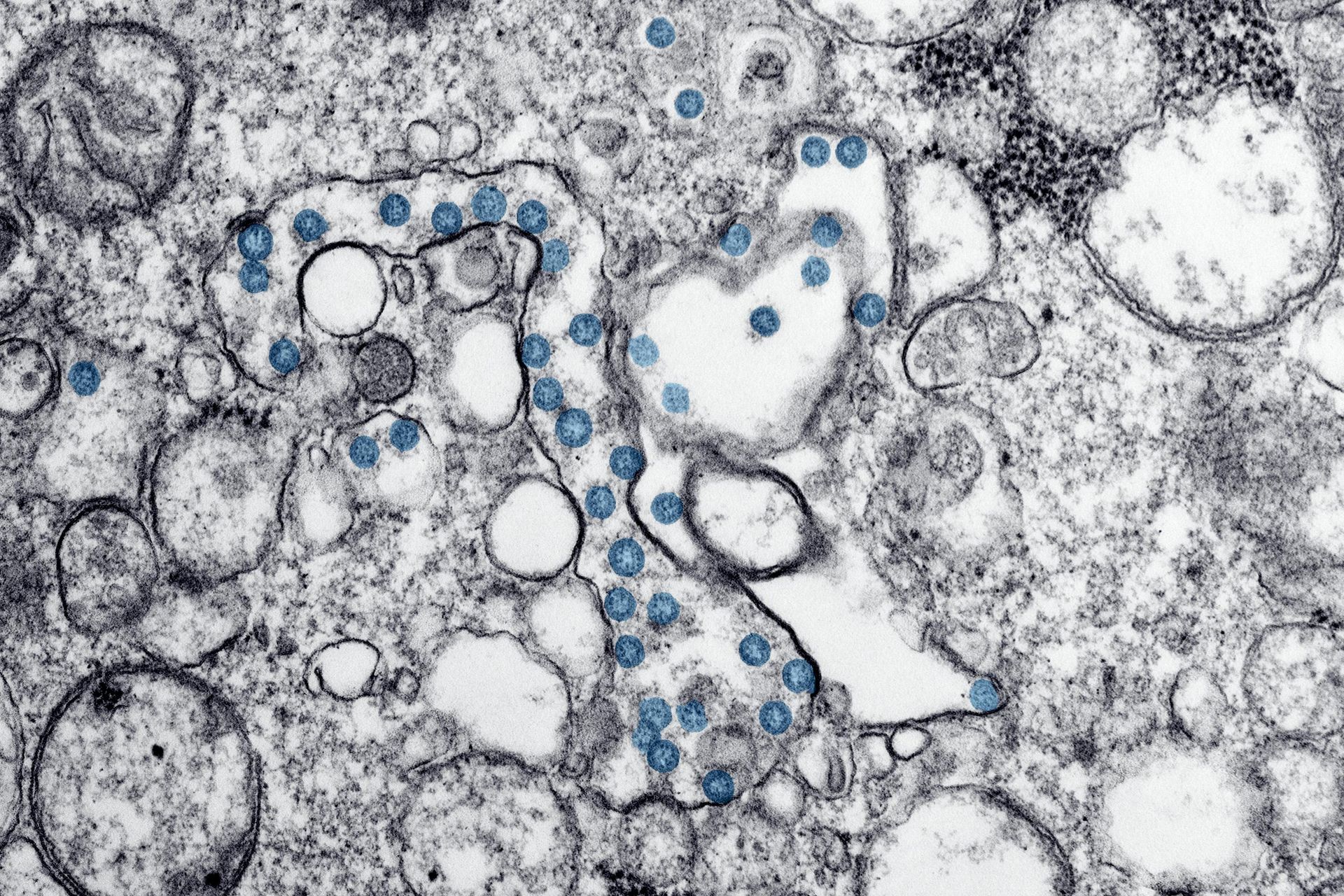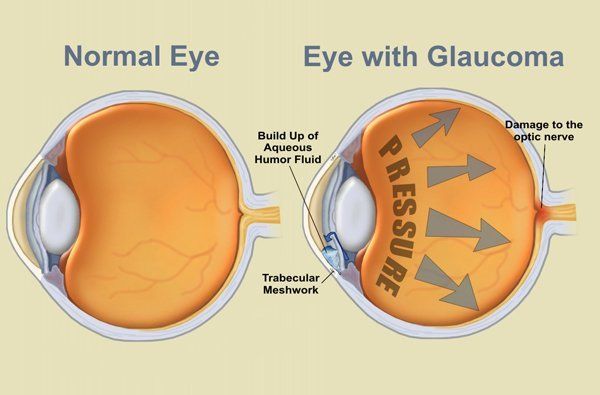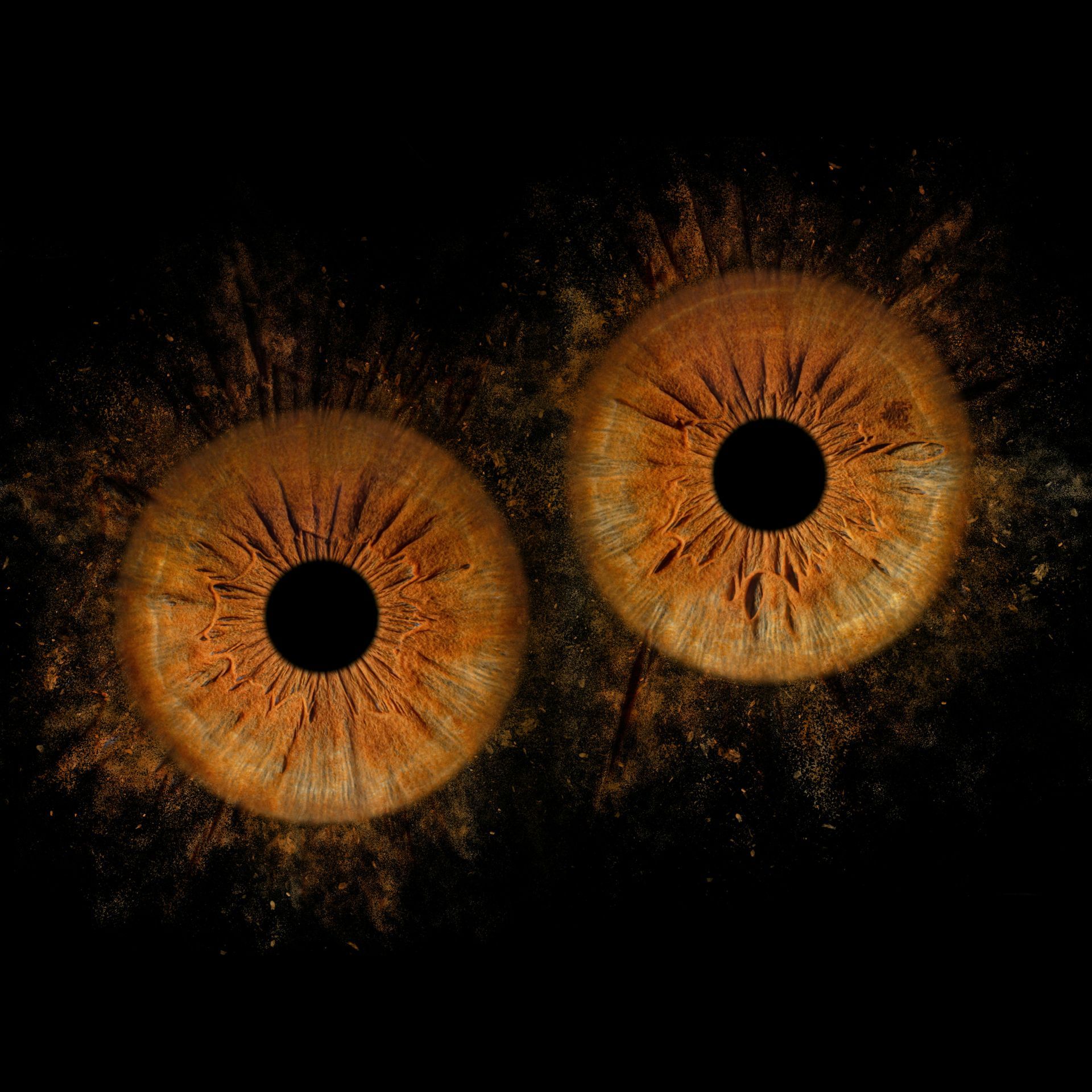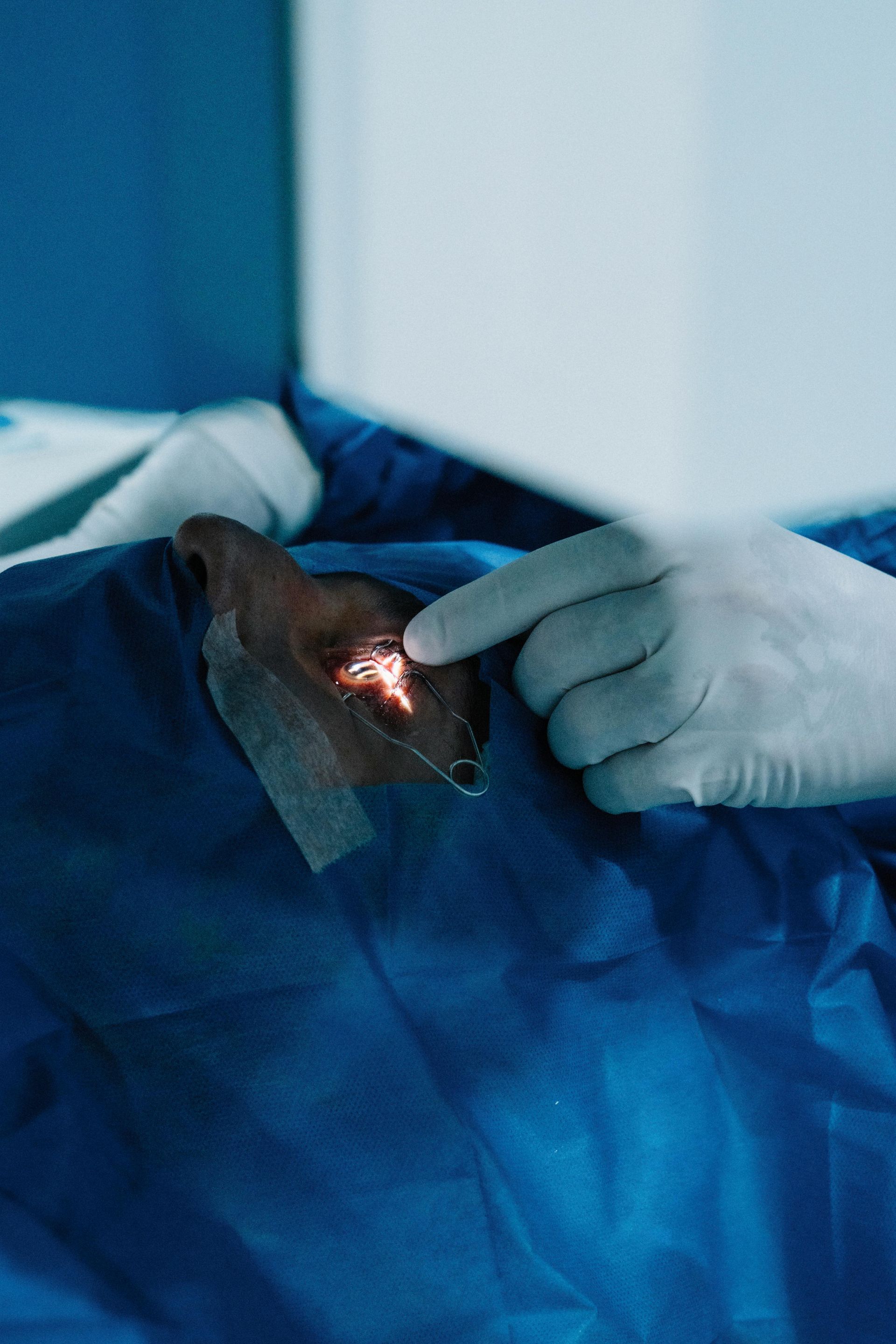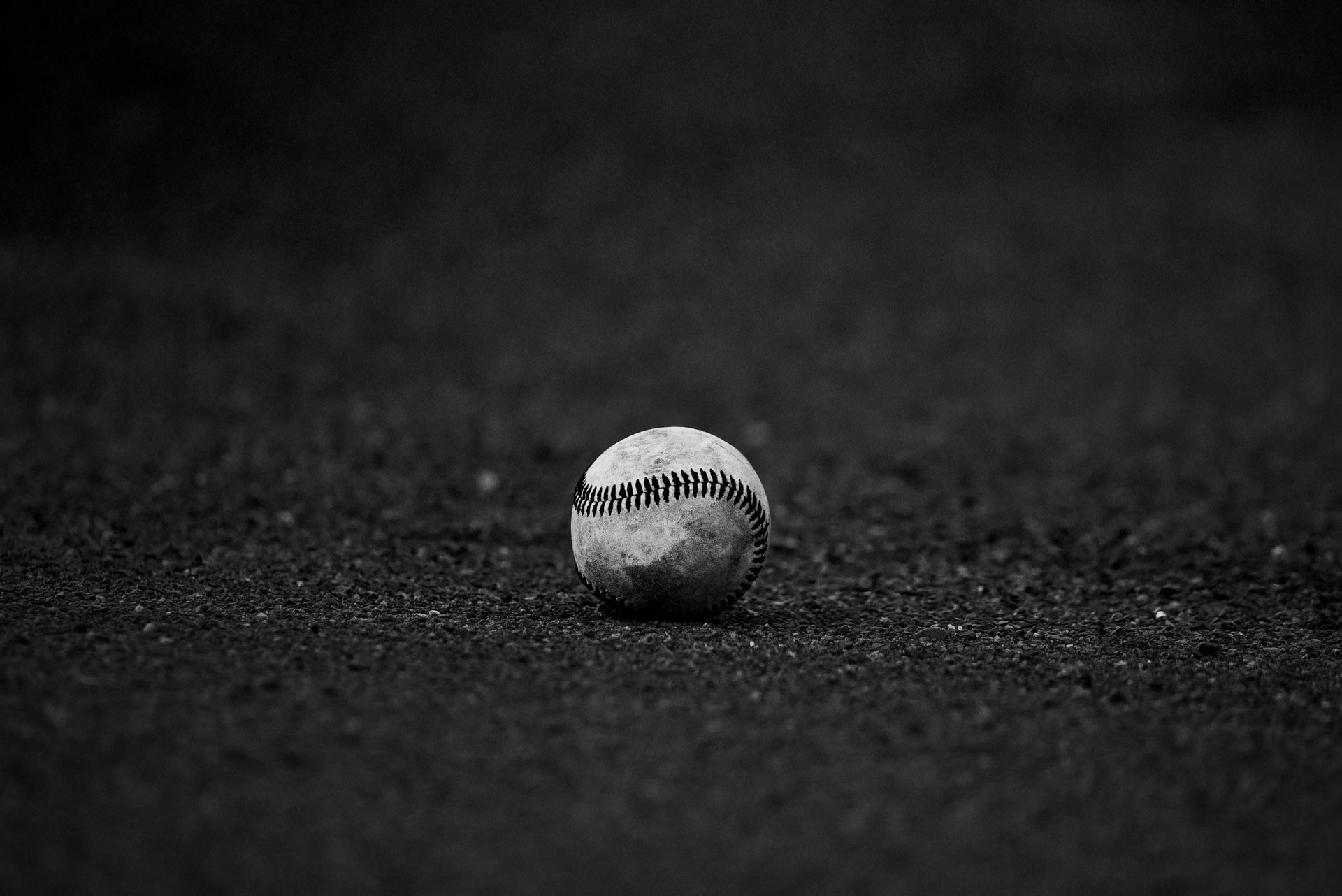the good doctor on: The Light You Cannot See
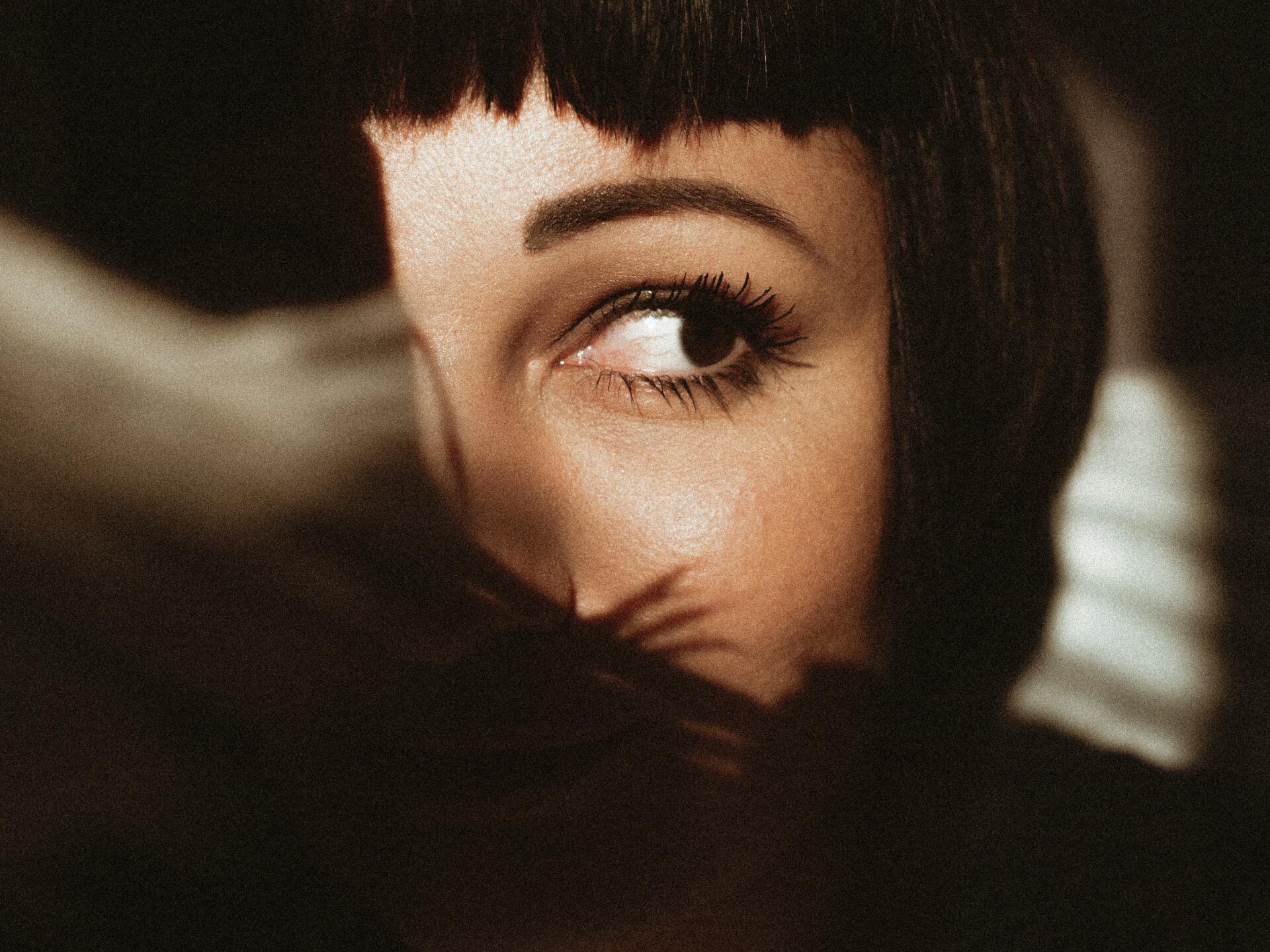
Blog #25
The light we cannot see.
That was a spectacular show last weekend, the reds and oranges were especially vivid. This past week I had the pleasure of having a visit from a colour vision expert from the University of Waterloo School of Optometry and Visual Science, Dr. Jeff Hovis. He hails from Indiana University but has set up shop here in Canada. He brought a very sensitive instrument, a spectrophotometer, to Burlington Eyecare to measure light being emitted from a special ultraviolet (UVC) bulb. We had assembled a sterilizer that puts out the 254 nanometre wavelength which is known to destroy the outer protein coating of the Coronavirus.
The colours we discussed last week are in the 380-740 nanometre range and make up visible light. This shorter wavelength packs a lot more energy and is used for disinfecting air and water in many industrial and medical applications. We purchased a UVC bulb with the necessary ballast to generate the needed radiation. This is where Dr. Hovis came in. We wanted to be sure that the bulb performed as advertised. He was able to read an emission of UV radiation in the 252-256 range with the peak at 254. After 8 minutes of exposure to this bulb the surrounding air and exposed surfaces would be disinfected from all viruses and bacteria.
As a result we now have a pristine disinfected unit for testing the eyes of our patients. There is one major caveat; this same level of radiation damages our own cells: the cornea, the skin. Much caution must be taken when working with UVC. This is why tanning beds are made up of the longer wavelengths A and B which are less damaging. At Burlington Eyecare we use a full shield face mask and have a remote on/off switch for UVC protection. There is research being done on an even lower wavelength, 222 nanometres, which appears to have still effective germicidal qualities without damaging our skin cells. This wavelengthhas a very limited penetration depth in the skin or eye, so appears to be safer for more generalized uses.
There might be a day in the near future that this safer radiation can be used to safely disinfect whole rooms and surfaces to reduce our exposure to undesirable pathogens.
Til next week,
The Good Doctor, Dr. Mark Germain, Burlington Optometrist

